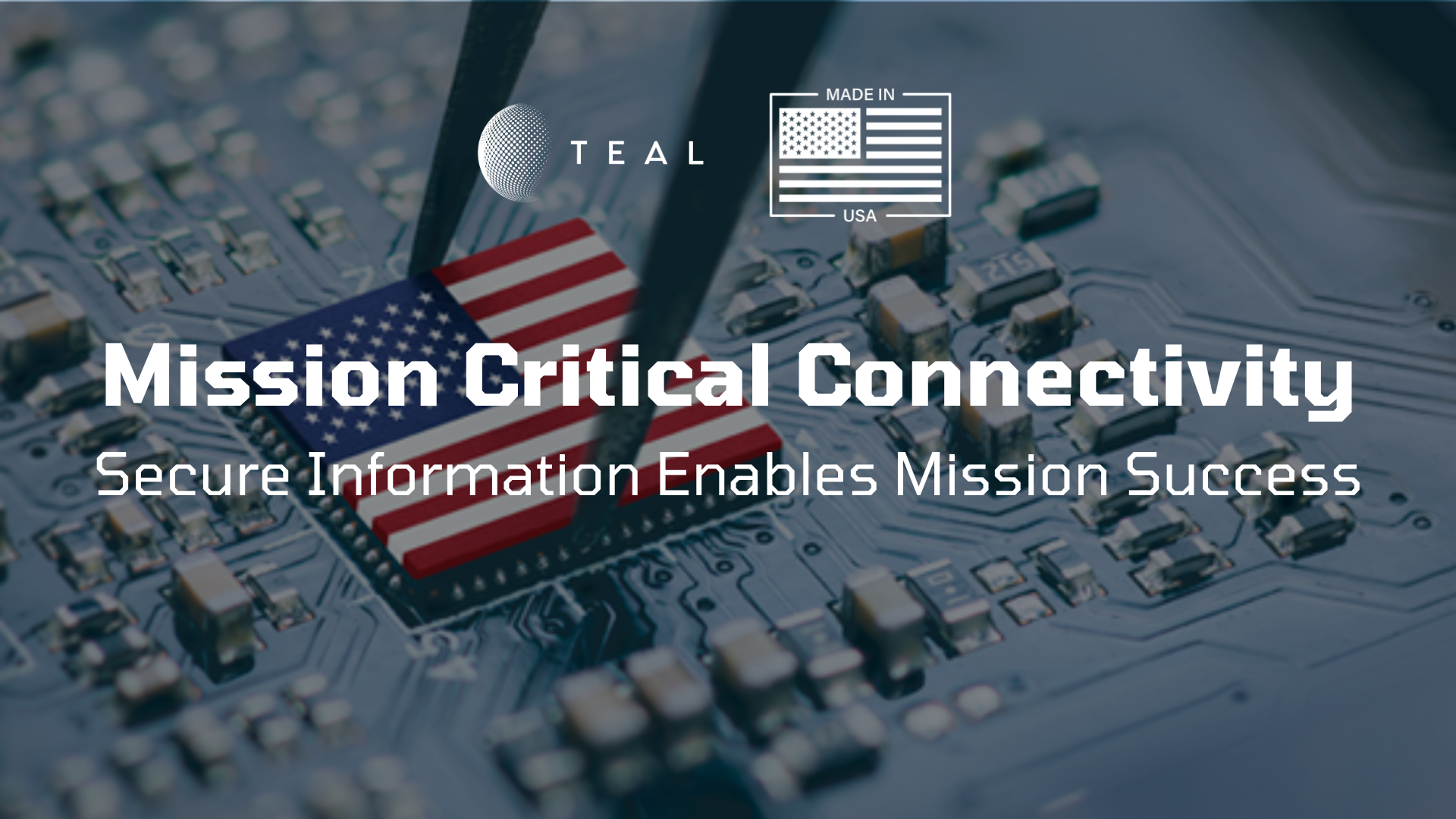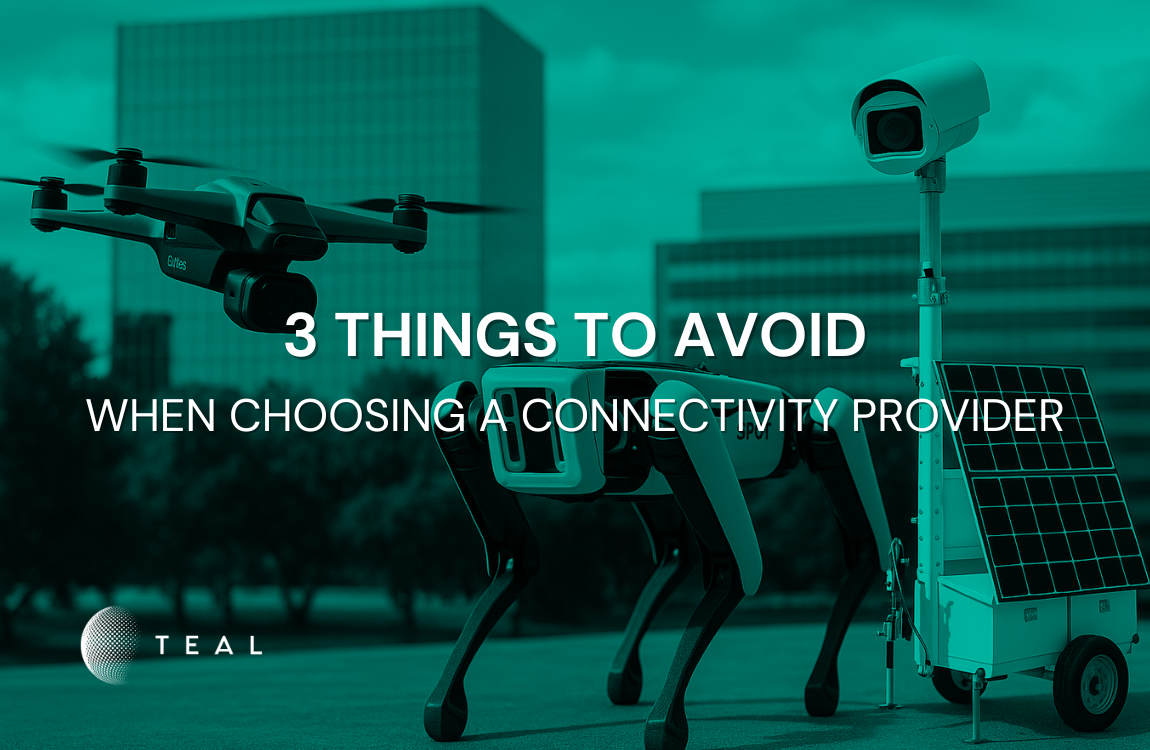How eSIM Technology Overcomes Everyday IoT Connectivity Challenges

According to the IDC, there will be around 75 billion IoT devices connected by 2025 and the total data volume of IoT-connected devices worldwide is expected to reach 79.4 zettabytes (ZB).
With the exponential expansion of connected IoT devices and smart IoT solutions across various industries such as agriculture, healthcare, transportation, oil & gas, retail, manufacturing, drones, and robotics, connectivity challenges are becoming more prevalent. To that end, what are the current connectivity challenges that companies are facing? How can enterprises across the world overcome these difficulties with the help of eSIM technology?
Everyday Connectivity Problems
IoT customers across various industries share similar connectivity problems such as spending extra time and money on managing multiple connectivity partners, getting locked into expensive contracts, experiencing poor availability, and having no network redundancy.
Mobile network operators (MNOs) are a single point of failure and businesses looking for multiple providers often need to manage multiple vendors and contracts. When it comes to single MNOs, wireless coverage and signal strength in different geographies can vary. When end-users lose connection to their “home” carrier network, they are forced to roam on another MNO’s network.
On the other hand, a mobile virtual network operator, also known as an MVNO, might help to maintain network connectivity as you cross borders, but they roam onto networks which results in cost variability, diminished service, and even possibly getting kicked off the “away” network(s) they’re roaming on.
In order to better understand these challenges, it’s important to understand how MVNOs differ from a provider like TEAL and why they often fail to address their customers’ pain points. So, first things first, what are the limitations of roaming?
Section 1: Real World Roaming Challenges
How does roaming work?
In simple words, the term “roaming” refers to allowing an IoT device to connect outside of their primary network provider’s coverage area. With the help of roaming, a device’s data shifts onto the network of another MNO, so that they can access continued wireless connectivity.
Why does roaming create challenges for IoT deployments?
For those unfamiliar with the term, “permanent roaming” refers to the connection of an IoT device to a network, at a location that is not its “home” network or location for an extended period of time. Previously, a wide range of networks supported permanent roaming; but as operators and regulators zero in on unwanted permanent roaming traffic, devices that travel into unfriendly networks are now at a higher risk of experiencing high-latency and even being dropped from the “away” network.
For example, has your phone ever stopped working or experienced diminished service while roaming in another country? The same thing happens when your IoT devices are roaming with an MVNO. For an IoT device to comply with security regulations, many regulators require the identity of a SIM and the data from an IoT device to terminate within a network’s boundaries. As a result, IoT devices everywhere are suddenly getting kicked-off of networks, which is negatively impacting businesses with mission-critical IoT devices deployed.
Roaming is also a costly alternative for IoT devices with poor application performance due to data routing topologies that are unsatisfactory for almost all IoT applications.
Why Do MVNOs Fall Short?
An MVNO, also known as a Mobile Virtual Network Operator, provides wireless communications services to customers, but does not actually own the wireless network towers that it uses. Instead, MVNOs hop onto the towers that belong to MNO’s such as AT&T, T-Mobile, and Verizon, often passing traffic through their own core network and/or datacenters in the process.
How does this work? Typically, an MVNO buys/rents wholesale minutes, data, and text from MNOs, and then resells the talk, text, and data to you under their own brand name. MVNOs typically operate their own core networks and data centers, so the identity of a subscriber does not have performance parity with the true connectivity provider (the MNO).
As a result, MNVOs experience much higher latency and subpar performance when compared to an MNO. In simple terms, latency is the time a data packet takes to travel from one point to another. In the telecom industry, the term high latency refers to having slow network speeds, which results in a bad user experience and often limits technologies that need hyper-fast connections (think AI, mobility, and robotics).
On top of delivering high latency solutions to their customers, MVNOs also offer no redundancy, as all traffic flows through their data centers, leaving them as a single point of failure. MVNOs only operate data centers and provide a rough copy of the data architecture of the original MNO network. MNOs have spent billions of dollars building out their networks, and MVNO data centers will never be on par with leading carrier networks. If a business is connecting their IoT devices to an MNO like AT&T and the MVNO data center experiences an outage, the connection to AT&T will be lost due to the fact that the MVNO data center is a single point of failure.
While many MVNOs today claim they offer eSIM technology, this couldn’t be further from the truth. At the end of the day, despite the marketing spin, you are still roaming with an MVNO.
Given these limitations, many businesses are realizing that MVNOs are much more expensive solutions that don’t deliver on what customers need at the end of the day. The need for a better, more reliable network that providers native (not roaming) access to multiple MNOs has paved the way for the first true eSIM platform.
Section 2: Beware of Fake eSIM Providers
Although many MVNOs advertise that they are connectivity platforms, they simply are not. Given that they rent their platform, this leaves you stuck with a static, limited product that is reliant on a 3rd party if any changes or customizations are required.
An MVNO relies on their own network infrastructure and only offers a rudimentary replica of the data architecture of an actual MNO network that has taken billions of dollars to build. While MVNO’s may appear to be a simple and cost-effective approach to multi-carrier connectivity, this immediately changes when roaming agreements are abruptly denied or when latency increases because of insufficient data center capacity.
MVNOs will claim to offer automatic carrier switching, but in practice, all they do is swap carrier towers while routing packets through the same data centers. In other words: don’t be fooled by MVNOs claiming to offer eSIM technology. TEAL is the only US-based, patented, and GSMA SAS-SM certified eSIM technology available on the market today.
So how does eSIM differ from traditional SIM and even newer iSIM technologies?
Section 3: SIM (UICC) vs. eSIM (eUICC) vs iSIM?
Fortunately, network localization offered by eSIM or embedded UICC (eUICC) technology has the potential to alleviate these worries.
Credentialing as a Service (CaaS) or downloading local network credentials to a device over-the-air (OTA), provides for network localization, which eliminates the risks of permanent roaming and delivers optimal performance.
For instance, when a device is deployed using off-the-shelf SIM technology in a non-home network, the device will roam onto that network and suffer from subpar network performance and costly roaming fees.
Conversely, with eSIM technology, the same device can dynamically switch between networks over-the-air (OTA). This avoids the risks associated with constant roaming, addresses network performance issues, and lowers costs by replacing off-the-shelf SIM with eSIM/eUICC technology.
If you’ve spent time in the IoT sector, you’ve probably heard the terms SIM, eSIM, or iSIM before. However, it can be challenging to understand the differences between the three without the correct context.
What is a SIM?
To begin, a classic, java-based UICC card that was made to be physically inserted into and removed from a device is referred to as a “SIM.” A single international mobile subscriber identity (IMSI) number and its associated keys are meant to be securely stored on the first SIM card, which was created in 1991. The SIM card is an integrated circuit that runs a card operating system (COS).
A subscriber is identified and authenticated on a single network using these keys. Even though these cards have been around for more than 30 years and are still the default option for many consumer electronics, they don’t have the technical capabilities needed for most Internet of Things use cases. Thankfully, eSIM has evolved to address many of the restrictions and limitations of conventional SIM technology.
What is eSIM?
The term “eSIM” can refer to either an electronic network access credential downloaded to a device or an embedded SIM card. True eSIM technology enables device operators to change networks over-the-air (OTA) and dynamically change a subscriber’s identity (i.e., IMSI) remotely.
Additionally, this technology enables an operational profile to be delivered OTA when a device wakes up, which allows the IMSIs stored on a card to change over time and be dynamically assigned/reassigned.
eSIMs are available in a variety of form factors and are comparable to a regular SIM in that they can be physical, inserted-chip devices (2FF/3FF/4FF). But unlike conventional SIMs, eSIMs can also be soldered into a device’s motherboard (MFF2).
Mobile network operators (MNOs) are obliged to pre-install network carrier credentials onto a SIM card when using classic SIM/UICC technology. On the other hand, downloading network credentials is possible after distribution, thanks to eSIM/eUICC technology.
What is iSIM?
“Integrated SIM,” often known as iSIM, is a phrase that is still relatively new. With iSIM, all of the features and advantages of eSIM are transferred to the operating system and permanent hardware of a device. iSIM doesn’t rely on a separate memory chip or controller like eSIM does.
Instead, it gives processor design firms and original equipment manufacturers (OEMs) the flexibility to create system-on-chip (SOC) designs that combine SIM capabilities with an already-installed onboard processor and cellular modem. This alters how providers of compatible devices can access and distribute cellular capabilities. As was already noted, this technology is still in its early stages of development; therefore, many moving pieces must all operate together.
As a result, there are currently few real-world deployments using iSIM. How about tomorrow, though? As we’ve learned from experience with eSIM technology, not all eSIMs are made alike; there are variations in Card OS, Platform, and operator availability that have an impact on the end user’s entire connectivity experience and control.
The same issues arise with iSIM, but the manufacturing channels for the Internet of Things are now less free to change the default connectivity option if they don’t like them. Many people are hopeful that when iSIM really takes off, processor OEMs will offer more customized choices, such as letting you choose your iSIM OS environment and networking platform. There will be more on this soon!
Section 4: What is the Best Connectivity Solution for IoT?
Teal’s wholly owned, patented, and GSMA-Certified eSIM platform enables IoT devices to connect to more than 3,500+ networks in 196 countries worldwide. Teal puts customers in programmatic control and gives businesses the freedom to choose the network they want their devices to connect to within one simple platform they control.
Compatible with any IoT device, Teal is the world’s first and only US-built, American-owned eSIM platform, allowing devices to switch networks over-the-air (OTA) through one easy-to-manage dashboard with the click of a button.
Teal is your direct link to enroll devices and connect to the best carrier networks around the world, and Teal currently holds more carrier agreements than any other eSIM platform in the world.
Start spending more time with your customers and less time managing your network connectivity. Grow and scale faster with Teal.
To learn more about how you can gain control of your IoT deployments with Teal, set up a time to meet with an Teal IoT expert. TEAL | Connectivity for IoT | eSIM Platform (tealcom.io)
Recent Posts
New Podcast! Space and Air Supremacy: The Role of Drones in Modern Warfare
Teal Communications Staff2025-06-25T20:15:23+00:00
Mission Critical Connectivity: Secure Information Ensures Mission Success
Teal Communications Staff2025-06-25T02:21:28+00:00
3 Things to Avoid When Choosing a Connectivity Provider
Teal Communications Staff2025-06-20T20:53:06+00:00




